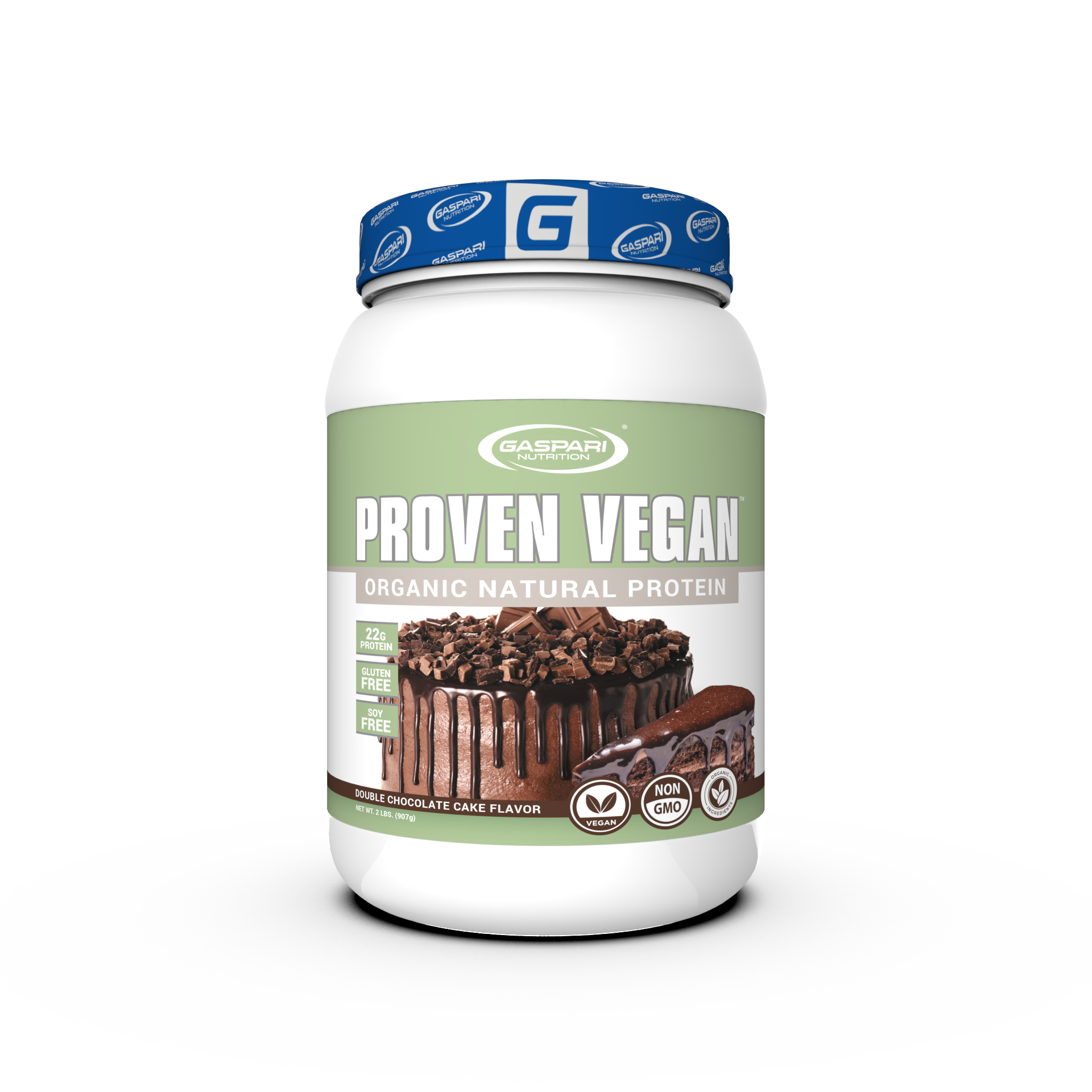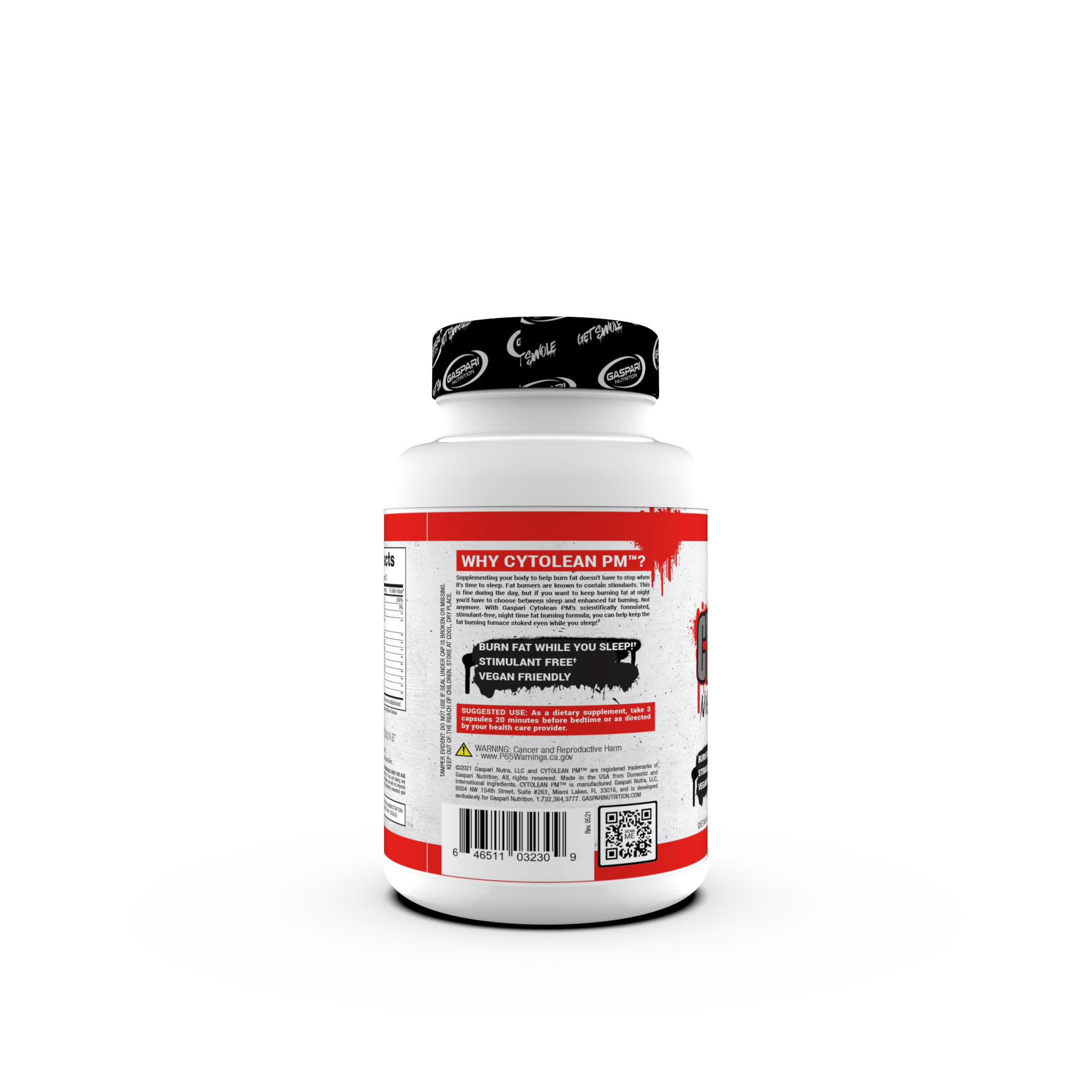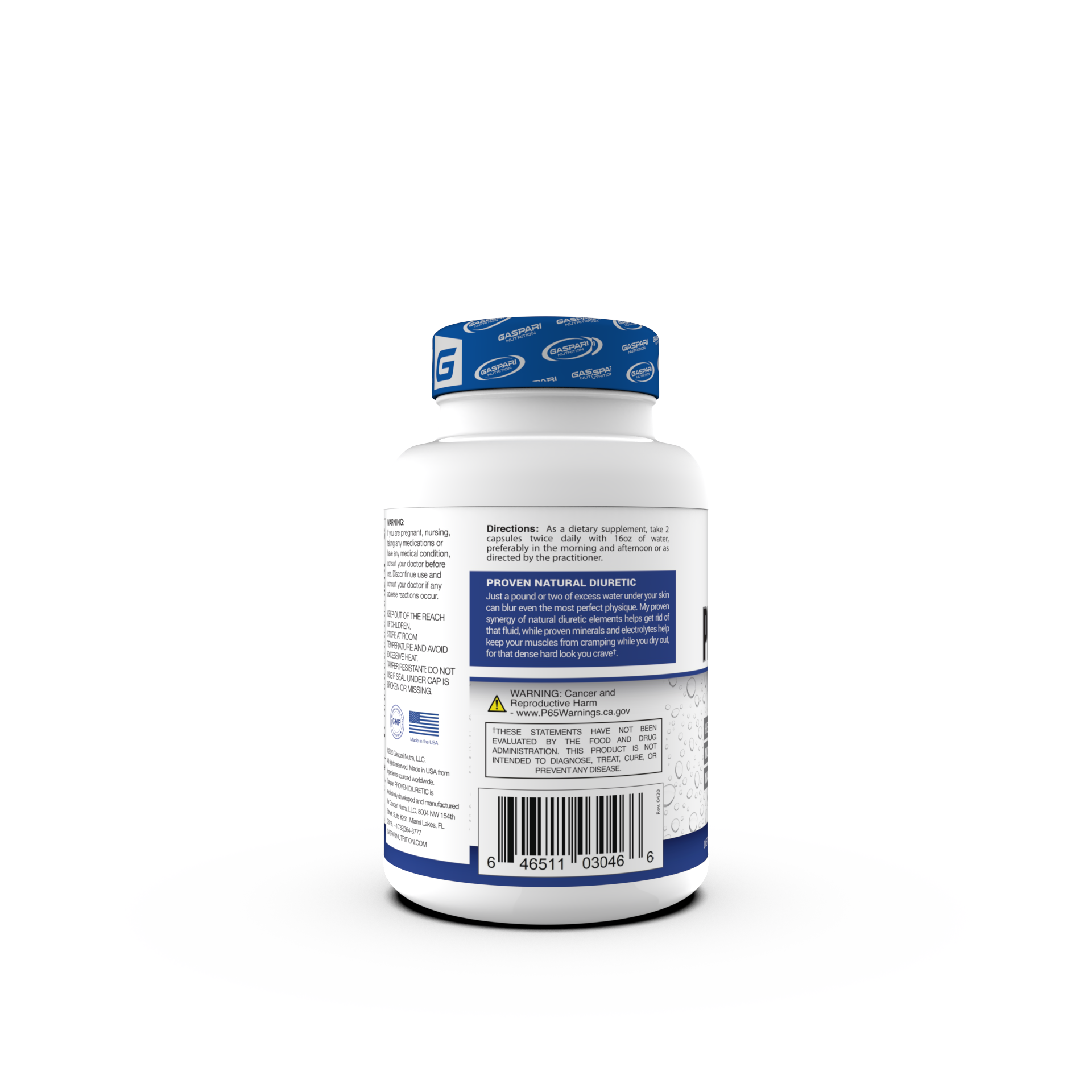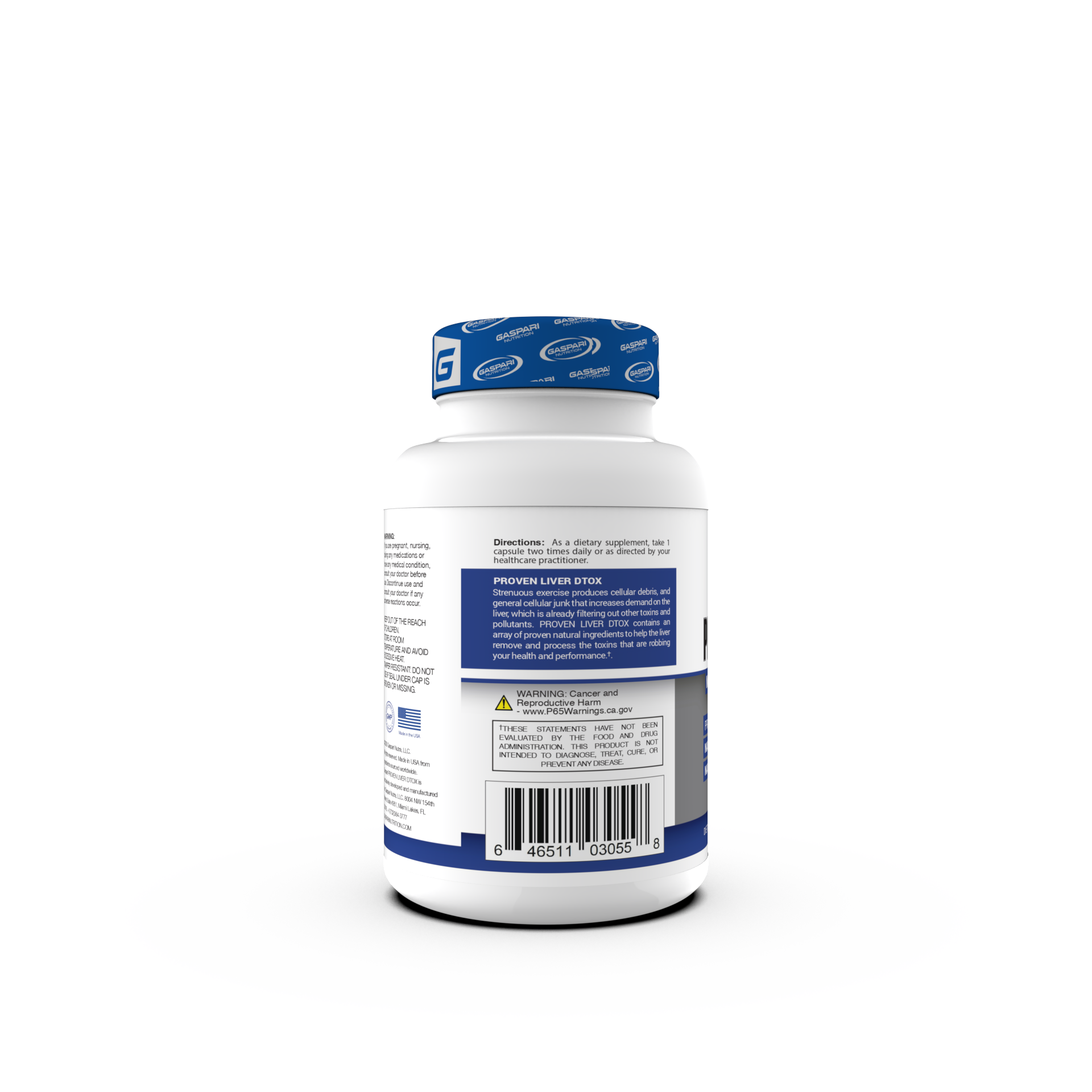In fitness, you are going to hear a term thrown around often: basal metabolic rate. You might pretend in the moment that you know what your BMR is and why it’s important, but if you’re new to the gym and to nutrition, you might be confused. Don’t worry—we’ve all been there, one way or another.
You’ve come to the right place. Your BMR is more than just a number, it’s a look into how your body burns calories, making it a valuable component of your total daily energy expenditure, or TDEE. Knowing your BMR means having a clearer picture of how much you need to consume and why.
What Is Basal Metabolic Rate?
In simple terms, the basal metabolic rate (BMR) is the amount or total of calories the body needs to perform life-sustaining functions, such as breathing, digesting, protein synthesis, circulation, and cell production. BMR makes up most of your daily energy expenditure.
Difference Between BMR and RMR
Confusion often occurs when people see BMR and RMR in fitness and health publications. While resting metabolic rate (RMR) and basal metabolic rate are used interchangeably in most scenarios, there is a slight difference.
Basal metabolic rate can be remembered with the word ‘basal,’ which means the baseline of functioning. It’s most accurately measured in lab settings because it deals solely with body processes you’re not conscious of.
Meanwhile, the resting metabolic rate is the number of calories burned while the body is at rest. In other words, if you were to do nothing all day save breathing, blinking, and sitting around, RMR is the total amount of calories you’d burn doing those things.
So, while BMR and RMR are usually synonymous, RMR might be just a negligible fraction higher than your BMR.
How to Calculate BMR
There are plenty of online calculators to help with determining your basal metabolic rate, but if you prefer to do it the pen and paper way, here is the tried and true Harris-Benedict Equation:
Men: BMR = 88.362 + (13.397 x your weight in kilograms) + (4.799 x your height in cm) – (5.677 x age)
Women: BMR = 447.593 + (9.247 x your weight in kg) + (3.098 x your height in cm) – (4.330 x your age)
So, for example, let’s say you are a 36-year-old man who is 5 feet, 9 inches (175 centimeters) and weighs about 190 pounds (86 kilograms).
BMR = 88.362 + (13.397×86) + (4.799×175) – (5.677×36)
BMR = 88.362 + (1,152.142) + (839.825) – (204.372)
BMR = 1,875.957 calories
That’s burned just keeping you alive. Crazy, right?
Why You Need to Know Your BMR
By understanding your basal metabolic rate, you can determine a safe and effective daily caloric intake, based on your goals. If your goal is weight loss, then you can adjust your diet by considering the minimum your body needs to function optimally and work from there.
For those who want to lose 1 pound a week by dieting alone, you should reduce your daily caloric intake by 500 calories. Keep in mind that your BMR will decrease as you lose weight so you will need to eat less as you continue to shed pounds. Muscle loss will also contribute to a lowered basal metabolic rate. Sometimes, you want to reduce only by 200 calories and burn the rest of the calories off through exercise, especially if you have hit a weight loss plateau through just dieting.
Your BMR can also help you calculate your TDEE or total daily energy expenditure. Aerobic exercises are known to boost BMR temporarily with an effect called the after-burn or excess post-exercise oxygen consumption (EPOC). Depending on your level of fitness, however, the after-burn will stabilize between 15 to 48 minutes.
Resistance training is a better way to boost your BMR for weight loss and altering body composition. Gaining muscle—which means eating more—also mains that you burn more calories at rest since muscle tissue is more metabolically active than fat. That’s why men naturally have higher basal metabolic rates than women, since they have more muscle mass, whereas women carry more fat.
Thus, by considering how much energy you burn through exercise and the small bumps in BMR that aerobic and anaerobic exercise provides, you can see even greater changes in your body. For example, if you’re already cutting 300-500 calories from your diet and burn an additional 200-250 calories through exercise and EPOC, you can lose an additional half-pound.
Changing Your BMR
As you already know, your basal metabolic rate is determined by several factors:
• Age
• Sex
• Weight
• Height
• Ethnicity
• Weight history
• Current body composition
• Genetics
Most of these factors are largely uncontrollable, save for your body composition to a degree and weight. Thus, you cannot change your BMR all that much. Most men and women have consistent BMRs that are similar to those around them. What you can change, however, is your life choices, such as how much you exercise and what your diet is like. You can increase muscle, lost weight, and eat foods that enhance the thermic effect of food to temporarily accelerate your metabolic rate.
But beyond that, BMR is mostly predetermined.
Takeaway
Learning your BMR is considered a positive step in many ways. It means, firstly, that you are thinking actively about your health and want to reach a healthy weight. You can now better track your progress to produce the results you have been striving for. Remember, you don’t want to dip too low below your BMR. Doing so will be more hazardous for your health than good!
Now that you have learned about BMR, what else do you want to know? If you’re ready to get updates featuring the latest health and fitness delivered right to your inbox, then fill out the contact form!
The post What Is Basal Metabolic Rate? appeared first on Gaspari Nutrition.






























































Share:
Jogging VS Sprinting: Which Burns More Fat?
Health Risks That Lower When You Exercise